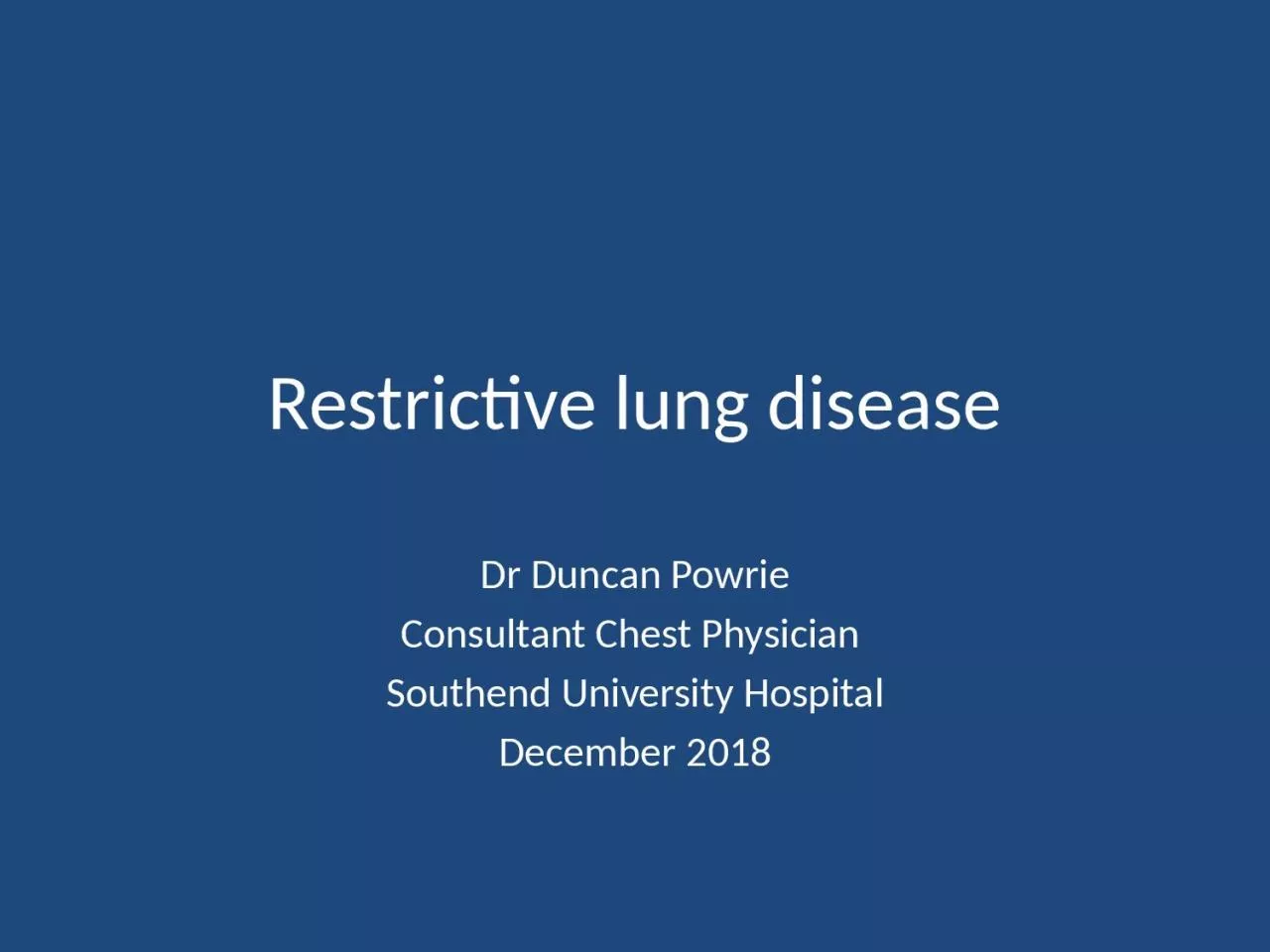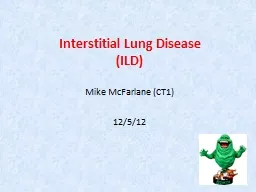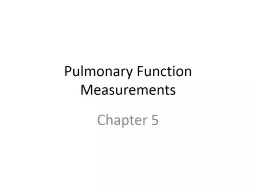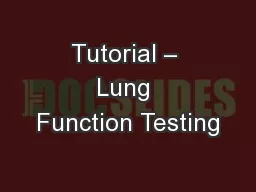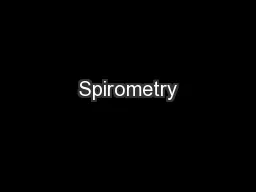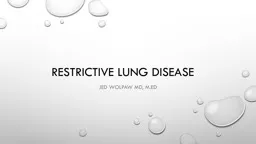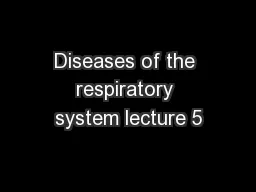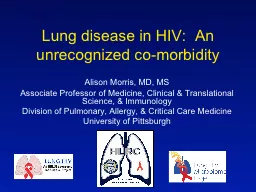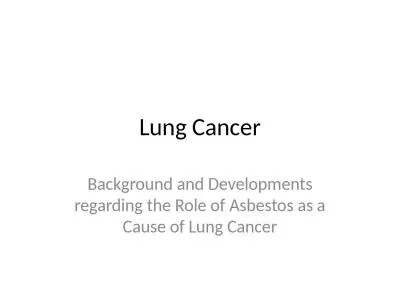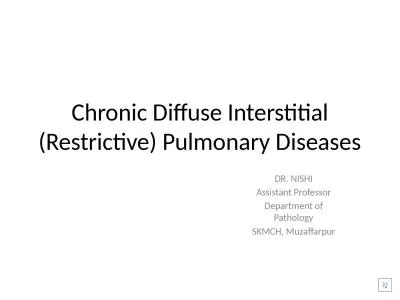PPT-Restrictive lung disease
Author : BraveButterfly | Published Date : 2022-08-04
Dr Duncan Powrie Consultant Chest Physician Southend University Hospital December 2018 2 Simple spirometry FEV 1 Forced Expiratory Volume in 1 second how
Presentation Embed Code
Download Presentation
Download Presentation The PPT/PDF document "Restrictive lung disease" is the property of its rightful owner. Permission is granted to download and print the materials on this website for personal, non-commercial use only, and to display it on your personal computer provided you do not modify the materials and that you retain all copyright notices contained in the materials. By downloading content from our website, you accept the terms of this agreement.
Restrictive lung disease: Transcript
Download Rules Of Document
"Restrictive lung disease"The content belongs to its owner. You may download and print it for personal use, without modification, and keep all copyright notices. By downloading, you agree to these terms.
Related Documents

